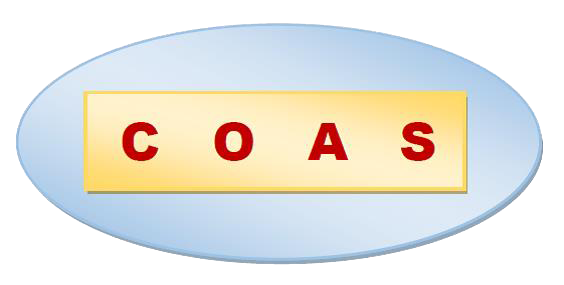
OPEN JOURNAL FOR STUDIES IN LINGUISTICS (OJSL)
ISSN (Online) 2620-0678 * ojsl@centerprode.com
 |
Center for Open Access in Science (COAS) OPEN JOURNAL FOR STUDIES IN LINGUISTICS (OJSL) ISSN (Online) 2620-0678 * ojsl@centerprode.com |
Mixed-ability Groups – A Challenge or an Opportunity in Disguise Elitsa Stoichkova * ORCID: 0009-0003-3616-2693 Open Journal for Studies in Linguistics, 2024, 7(1), 25-32 * https://doi.org/10.32591/coas.ojsl.0701.03025s LICENCE: Creative Commons Attribution 4.0 International License. ARTICLE (Full Text - PDF) |
ABSTRACT: KEY WORDS: mixed-ability groups, language teaching, language learning, ESP. CORRESPONDING AUTHOR: |
REFERENCES: Ansari, M. S. (2013). Coping with the problems of mixed ability classes: A study in the context of teaching English as SL/FL. International Journal of English: Literature, Language & Skills, 2(1), 110-118. https://www.ijells.com/wp-content/uploads/2013/04/April-2013-final.pdf#page=110 (Accessed 19 March 2024) Balçıkanlı, C., & Özmen, K. S. (2019). Teacher autonomy. In G. Yangın Ekşi, L. Guerra, D. Werbińska & Y. Bayyurt (Eds.). Research trends in English language teacher education and English language teaching (pp. 15-35). Evora: University of Evora. Bax, S. (2003). The end of CLT: A context approach to language teaching. ELT Journal, 57(3), 278-287. https://doi.org/10.1093/elt/57.3.278 Bekiryazıcı, M. (2015). Teaching mixed-level classes with a Vygotskian perspective. Procedia – Social and Behavioral Sciences, 186, 913-917. Byrne, D. (1988). Focus on the classroom: Selected articles. Macmillan Education. Du, Y. (2016). The adaptation approach to college foreign language teaching. In Proceedings of the 2016 2nd International Conference on Education Technology, Management and Humanities Science (pp. 33-36). Beijing, China, January 23-24, 2016. Harmer, J. (1991). The practice of English language teaching. Longman. Hordiienko, N. M., & Lomakina, L. V. (2015). Teaching EFL to mixed-ability classes: Strategies, challenges, and solutions. Advanced Education, 3, 38-42. https://doi.org/10.20535/2410-8286.44198 Kamarulzaman, M. H., Azman, H., & Zahidi, A. M. (2017). Differentiated instruction strategies in English language teaching for gifted students. J. Appl. Environ. Biol. Sci., 7(1S), 78-90. Murray, A. (2010). Empowering teachers through professional development. English Teaching Forum, 10, 2-11. Prodromou, L. (1989). The mixed-ability class and the bad language learner. English Teaching Forum, 27(4), 2-8. Serdyukov, P. (2017). Innovation in education: What works, what doesn’t, and what to do about it? Journal of Research in Innovative Teaching & Learning, 10, 4-33. https://doi.org/10.1108/JRIT-10-2016-0007 Templer, B. (2004). Reflective teaching in the low-resource classroom: reinventing ourselves as teachers through self-scrutiny. Humanising Language Teaching, 6(3). Retrieved from http://www.hltmag.co.uk/sept04/mart3.html. Tomlinson, C. A. (1999). The differentiated classroom: Responding to the needs of all learners. Alexandria, VA: Association for Supervision and Curriculum Development. Ur, P. (1991). A course in language teaching: Practice and theory. Cambridge: Cambridge University Press. Vygotsky, L. S. (1978). Mind in society: The development of higher mental processes (Eds. & trans.: M. Cole, V. John-Steiner, S. Scribner & E. Souberman. Cambridge, MA: Harvard University Press.
|
© Center for Open Access in Science